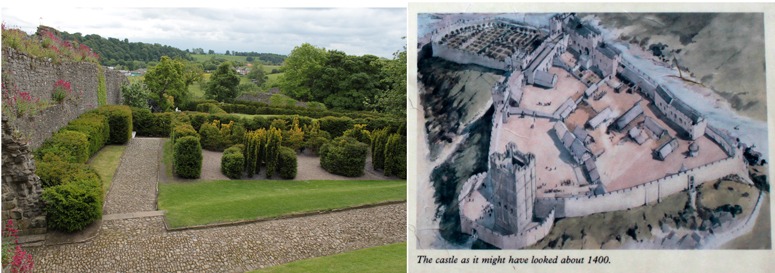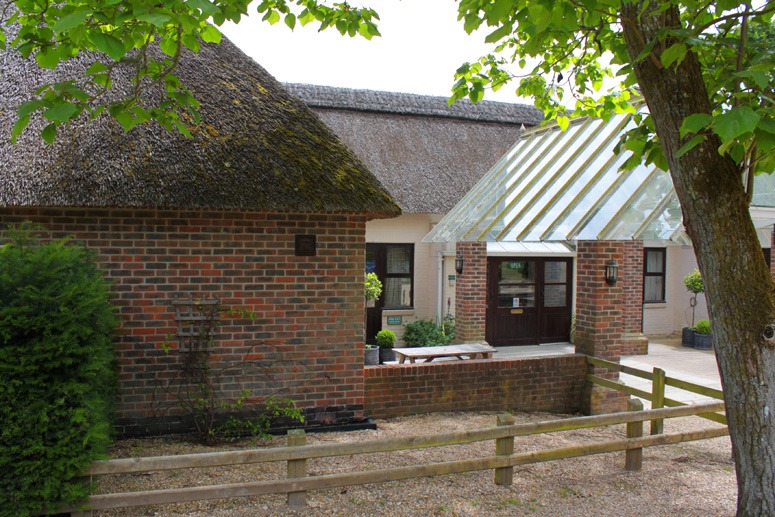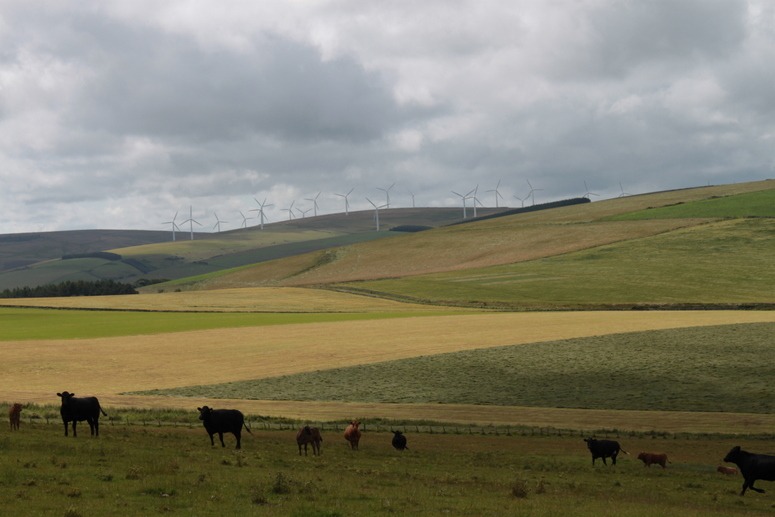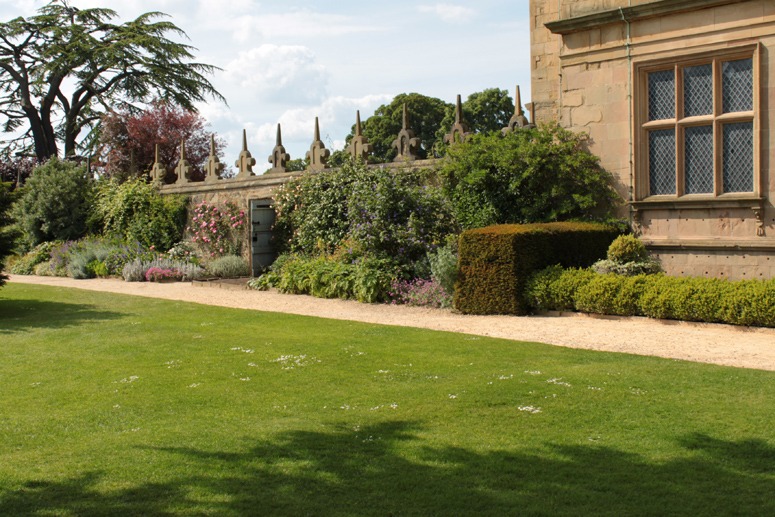- Richmond Castle garden
A summer of visiting English gardens and today’s visit to Restoration House and Garden in Rochester set me thinking about historic gardens – and reminded me to take a closer look at the 2007 English Heritage Handbook on The management and maintenance of historic parks, gardens and landscapes. It is an admirable book, well written and illustrated, but it is not the book which historic gardens most needed, because the emphasis is so much more on the technicalities of managing historic gardens than on the the strategic questions of what, why, when and where. To draw a military analogy, it is a book for quarter-masters – not a book on generalship. Also, and understandably, it offers only praise for the work of English Heritage on historic gardens. There is no clearer illustration of this point than the chart (p.47) of Job Titles and Garden Staff Roles. The highest position on the chart is Head Gardener/Garden Curator/Garden Manager and his/her qualifications are described as “M.Hort (RHS), Degree, Botanic Garden Diploma, HND or equivalents + 7 years experience’. The next column summarizes the necessary skills as ‘specialist technical skills and ability. Proven management and policy-making ability’. There is no mention of the two other essential skill-sets for managing a historic garden: historical knowledge and design judgment. It is like putting builders in charge of historic buildings, in full disregard for the need for historical knowledge and design judgment relating to architecture. Lets hope the book goes to a second edition and that this gap is filled. Meantime, we offer readers the Gardenvisit.com notes and guides to Historic Garden Restoration and and Garden Heritage Conservation.
English Heritage’s strategic weakness in garden conservation is illustrated by their work at Hampton Court and Kenilworth Castle. The handbook boasts of English Heritage’s Contemporary Heritage Garden Scheme – which I regard as almost entirely misconceived. ‘Contemporary Heritage’ is within an ace of an oxymoron – and why should they be building contemporary gardens in the precincts of great historic buildings, like Richmond Castle? To attract visitors? To give proof of their trendy tendencies? The scheme should go for scrappage.
Photo Notes: (1) the top photo shows Richmond Castle with a ‘contemporary heritage’ topiary garden (left photo) and a sensible picture of a fifteenth century orchard-vegetable garden on the English Heritage sign (top left corner of right photo) (2) the left and right photos, below, show two additional views of the ‘contemporary heritage’ garden.






